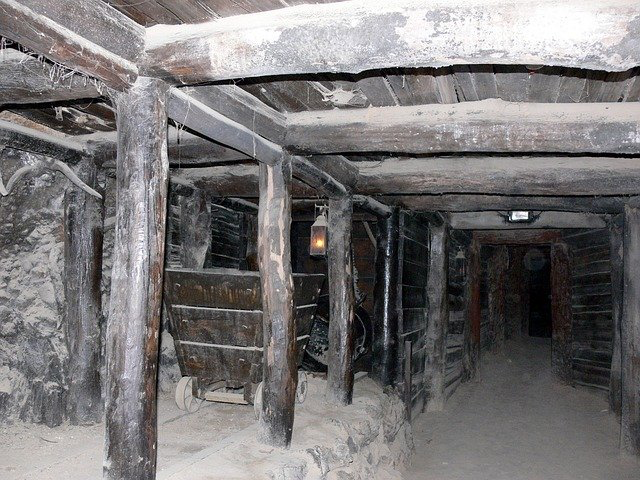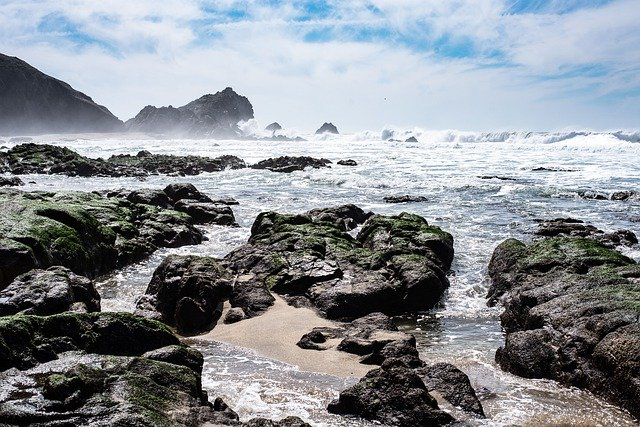Coal..black coal…or better known as “King Coal” dominated the energy industry for about three centuries. When coal and coal mining was at it’s height; it provided a great amount of employment in the eastern half of Nova Scotia and parts of New Brunswick. Although profitable it was a dangerous business that brought a lot of hardship to miners and their families.

Coal Mining
Coal mining; on the East Coast, began in Port Morien, Cape Breton in the early 1700’s. The French had just built Fortress Louisbourg and they needed a better source of energy. Coal became the answer to a more efficient high energy need. Cape Breton; on the Atlantic Coast; had an abundance of coal and thus a major industry developed over time. In the early days; coal was mainly surface mined and was used primarily for home use. By the mid-1800’s; during the Age of Industrialization, there was increased demand and coal mining soon went underground to keep up with supply. The high heat generated from burning coal was needed to manufacture steel, power the latest steam ships and fire the steam engines for the railroad. In short, “Coal was King.” In 1920, 65% of Canada’s energy output was in the form of coal and it dominated right up until the late 1940’s.

Coal Miners
Generations of families were brought up mining coal in mining towns all over the Coast. Men of all ages braved the depths of the underground mines to make a living and provide for their families.. A Miner’s job brought tremendous risk, was physically tasking, dangerous and a constant worry for the men and their families. In the early days; the company owned the town, the store and the miners. Wages were limited for the work at hand. Imagine working underground for six days a week and 10 long hours at a time. Never seeing the light of day! Black lung disease; from the coal dust, was no stranger to many. Back then there were limited safety measures in place and the danger was so real. Around 1880; miner’s unions were organized and gradually the working conditions and wages improved. It was still a risky place to work so far underground. It was a way of life for many in Eastern Nova Scotia and in the Minto area of New Brunswick.

Mining Disasters
Underground mining; for coal, was a high risk profession and to the Miner there was always the fear of a mine collapse; and rightly so. Coal gave off a very combustible coal dust that generated methane inside the mines. One spark could easily ignite a disaster. In Cape Breton; the Drummond Mine Collapse(1873), 60 miners perished. In New Glasgow; The Westray Mine Disaster(1992) 26 miners perished. The community hardest hit over time was Springhill, Nova Scotia. In 1891, 125 miners perished, in 1956, 39 perished and in 1958, a collapse killed 74 more.

These days, coal is not in much demand but some surface mines are still in operation. Do you remember the coal delivery, shoveling it into the basement and firing the furnace. Black smoke dotted the air from the chimneys everywhere. There are many books written about the Mining Days and many a song that has been sung. Cape Breton’s singers; “Men of the Deeps” keep the stories and the memories very much alive. Coal mining and the Miners are an integral part of our history. It’s history that we should all know about and carry forever in our hearts. We honour these brave men of the deep.
















